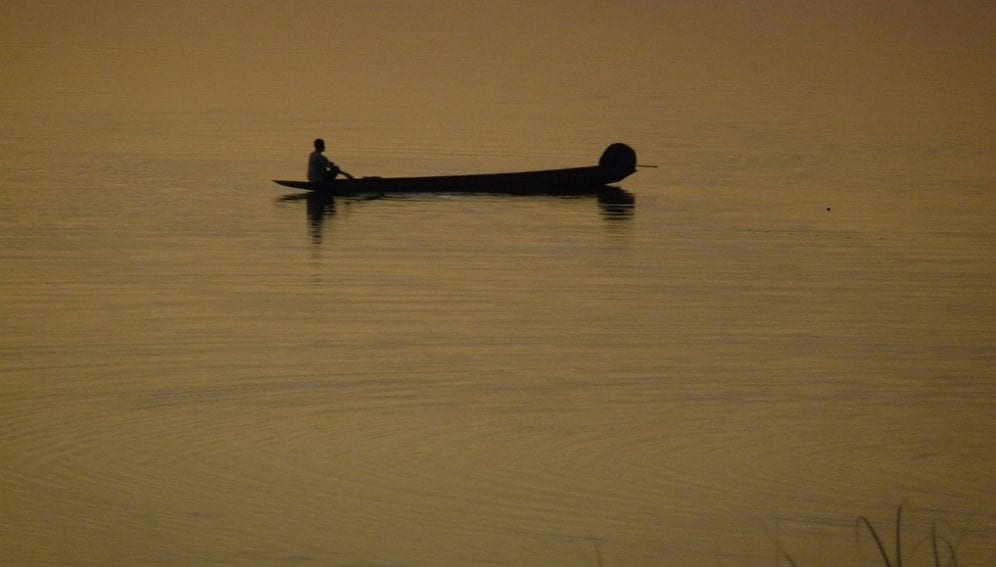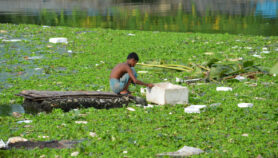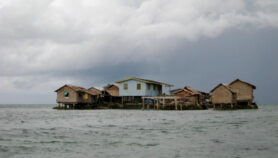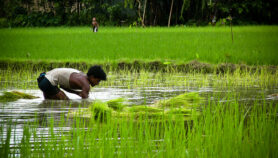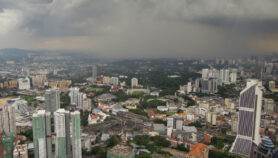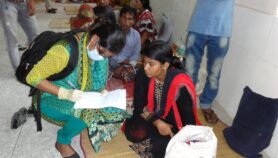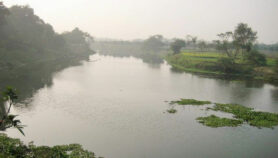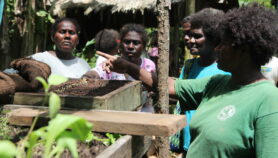Send to a friend
The details you provide on this page will not be used to send unsolicited email, and will not be sold to a 3rd party. See privacy policy.
[BALI] The Cambodian government's plan to build 12 dams along the Mekong River and its tributaries, with a view to boosting energy security, could harm food security and biodiversity in the region, as well as ignite a regional conflict over sharing of the river's water, a conference has heard.
But, the energy from the dams is badly needed in the country where most people have no reliable access to electricity, said Chhun Khunvirya, assistant project manager at the state-owned Cambodian electricity agency, Electricite Du Cambodge (EDC).
The project needs an integrated assessment on its impacts on the environment, according to Khunvirya who presented the findings from his research project — a 'Study on Strategic Environmental Assessment (SEA) for Hydropower Development in Cambodia' — at the 6th Annual International Ecosystem Services Partnership conference in Bali, Indonesia, last week (26-30 August).
Khunvirya said constructing numerous dams on the river is likely to affect the conservation of freshwater fish — the main source of protein for South-East Asian countries in the Mekong region.
It could also threaten a number of vulnerable species that are native to the region, he said, as well as stirring up conflict among neighbouring countries over the Mekong's water management.
But he emphasised that the country badly needed the dams for hydropower and energy security, because only 40 per cent of Cambodia's 15 million people have reliable access to electricity, with most Cambodians still relying on small diesel generators.
Moreover, about 65 per cent of national electricity is supplied by neighbouring countries, mainly Vietnam, he added.
The Cambodian government plans to start building the first dam later this year, and to complete all 12 by 2030.
Khunvirya suggested the government should undertake a large-scale assessment of the potential environmental impact resulting from the dams.
"The government should look at the whole picture [regarding] impact," he said. "They cannot just see it from one project site because all the sites are related to each other."
But he pointed out that, regardless of possible environmental assessment results, in the end, the decision falls on politicians who will look more at the pressure of energy needs.
Lisa Mandle, an ecosystem services modeller from the Natural Capital Project, an environmental research centre at Stanford University, United States, says potential political conflict should be solved by doing a strategic environmental assessment about the dam project through an international panel such as the Mekong River Commission.
"The Mekong River is surrounded by Cambodia, Laos, Thailand and Vietnam [as well as China and Myanmar]," she says. "I am sure all those countries have different interests, [related to] both economics and ecosystems. I think they should discuss the strategic environmental assessment of the Mekong River as a whole."
Link to study
This article has been produced by SciDev.Net's South-East Asia & Pacific desk


